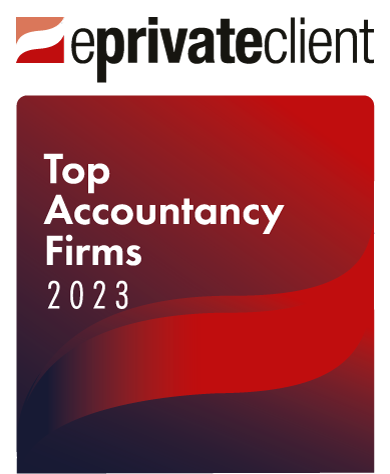The amount of an individual’s pension contributions which will qualify for higher-rate tax relief is essentially restricted by:
- An individual’s relevant earnings in the tax year; and
- The annual allowance
The annual allowance is the amount by which savings in a registered pension scheme are allowed to increase in each tax year. In a defined contributions scenario, this equates to the amount which is contributed in the tax year.
The annual allowance is currently £40,000, with scope to bring forward ‘unused relief’ from the previous 3 tax years. However, it was announced in the Summer Budget that this allowance will be reduced from 6 April 2016 for individuals’ with income greater than £150,000. The allowance will be reduced by £1 for every £2 of income above £150,000, with a maximum reduction of £30,000. For those earning over £210,000, the annual allowance will therefore be reduced to £10,000.
However, all is not lost! As a result of this change, for the 2015-16 tax year only there will be two separate annual allowance periods. The first period will end on 8 July and the subsequent period will end on 5 April 2016. An individual can contribute £40,000 into their pension pot during each of these periods. Some individuals will therefore have the opportunity to contribute a maximum amount of £80,000 into their pension pot during 2015-16.
Any unused annual allowances from the previous 3 tax years can still be carried forward, so for some individuals a generous amount of tax relief could therefore still be available in the 2015-16 tax year, before the restriction to the annual allowance from April next year!
Please contact us should you wish to discuss any aspects of your pension contributions.





